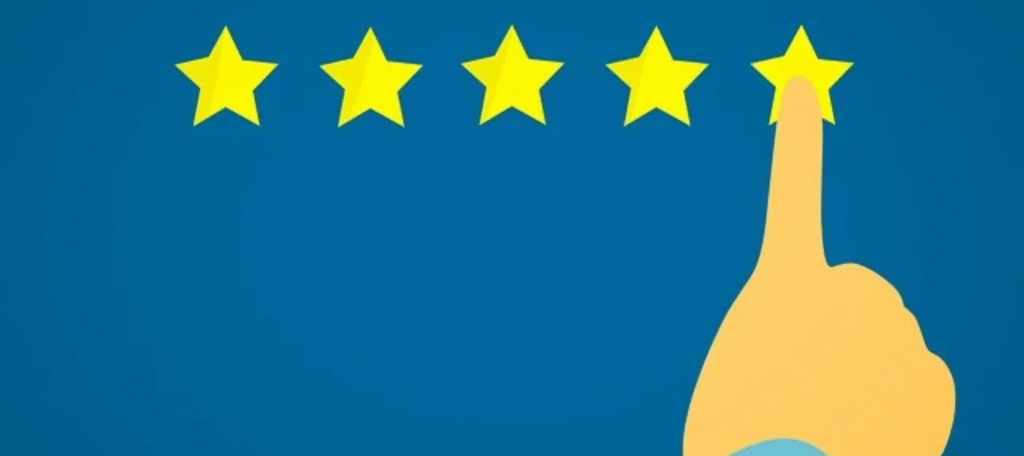We’ve entered an era where customer expectations are higher than ever. People want instant answers, 24/7 support, and personalized interaction, all without waiting on hold. This growing demand is exactly why AI-powered chatbots have become a game-changer in 2025.
From e-commerce and banking to healthcare and education, chatbots are now central to how brands deliver fast, intelligent, and human-like support. But this isn’t about basic FAQ bots anymore; today’s chatbots are smart, contextual, and driven by natural language processing (NLP) and machine learning (ML).
Let’s dive into how AI chatbots are transforming industries, what makes them so effective, and what businesses must know to succeed with them.
What is an AI-powered chatbot?
An AI-powered chatbot is a software application that uses artificial intelligence, NLP, and machine learning to simulate human-like conversations with users.
Unlike rule-based bots that follow fixed scripts, AI chatbots:
- Understand intent behind queries
- Learn from previous interactions
- Respond in real-time
- Can speak multiple languages
- Integrate with CRM, WhatsApp, websites, apps, and more

Why Chatbots Are Trending in 2025
1. Customer Expectations Have Changed
90% of customers in 2025 expect brands to respond within 1 minute. Chatbots deliver instant engagement, making customers feel heard and served.
2. 24/7 Support Without Extra Staffing
Hiring human agents around the clock is expensive. Chatbots provide automated, scalable, and consistent support, even when your team is offline.
3. Multichannel Integration
Today’s bots work seamlessly across
- Websites
- Mobile apps
- WhatsApp Business
- Facebook Messenger
- Instagram DMs
- Voice assistants (Alexa, Google Assistant)
4. Advanced AI and NLP
With improvements in models like GPT and Google Gemini, chatbots can now handle complex queries, resolve complaints, recommend products, and even upsell services.
Real-World Applications of Chatbots in 2025
1. E-Commerce
Chatbots handle:
- Order tracking
- Product recommendations
- Upselling offers
- Abandoned cart recovery
- COD/order confirmation via WhatsApp
Example:
A clothing brand uses a WhatsApp chatbot to confirm cash-on-delivery orders, reducing fake orders by 60%.
2. Banking & Finance
AI bots are used for:
- Balance checks
- Loan inquiries
- KYC status
- Fraud alerts
- Personalized finance tips
Example:
An AI bot from a UAE bank answers customer queries in Arabic & English within seconds—no need to visit a branch.
3. Healthcare
Healthcare bots:
- Book appointments
- Provide medical info
- Remind patients of medication
- Route emergencies to doctors
Example:
A Dubai clinic uses a chatbot to confirm appointment slots and send lab results via encrypted messages.
4. Education
Educational institutions use bots to:
- Answer admission queries
- Send fee reminders
- Conduct quizzes and assessments
- Share course materials
Example:
An online coaching platform uses an AI tutor bot to guide students 24/7 across subjects.

Benefits of AI Chatbots for Businesses
| Feature | Business Benefit |
|---|---|
| 24/7 Availability | Serve customers anytime |
| Scalability | Handle thousands of chats simultaneously |
| Cost Savings | Reduce hiring and support costs |
| Personalization | Improve user engagement and conversions |
| Data Collection | Gather user data for future campaigns |
| Multilingual Support | Expand to international markets easily |
Must-Have Features in 2025 Chatbots
- NLP and Sentiment Analysis: Understand tone and emotion in real-time.
- CRM & Payment Integration: Let users make payments or schedule services directly in chat.
- Omnichannel Support: Chatbots should work across web, mobile, WhatsApp, social platforms, and voice.
- Analytics Dashboard: Track engagement, drop-offs, conversions, and user satisfaction.
- Live Agent Handoff: Seamless transfer to human support when required.
Chatbot Platforms to Explore in 2025
- Dialogflow (Google)
- ChatGPT API (OpenAI)
- Microsoft Bot Framework
- ManyChat—for WhatsApp, Instagram
- Tidio/Intercom/Freshchat—for web + CRM
- Yellow.ai—enterprise-grade chatbot automation
Pro Tips to Use Chatbots Effectively
1. Start Small, Scale Fast
Begin with FAQs and basic flows, then expand to sales and service automation.
2. Use Human Language
Avoid robotic replies. Train your bot with real conversation data and customer tone.
3. A/B Test Chat Flows
Test different messages, formats, and CTA buttons for better performance.
4. Collect Feedback
Always ask users to rate the conversation for continuous improvement.
5. Integrate Lead Capture
Ask for name, number, and email during chat for future marketing.
Future of AI Chatbots (2025–2030)
- Voice-first Interfaces: Voice bots will become the norm across devices.
- Emotional Intelligence (EI): Bots will detect frustration and respond with empathy.
- Hyper-Personalization: Bots will customize messages based on user history, behavior, and location.
- AI Agents with Memory: Chatbots will remember previous interactions and continue conversations over time.
Conclusion
AI-powered chatbots are no longer optional; they’re essential. In 2025, they are redefining how businesses communicate, serve, and sell. Whether you’re a small brand or a global enterprise, investing in chatbot technology is a strategic decision that boosts productivity, customer experience, and ROI.
As AI and automation evolve, the businesses that adapt early will stay ahead of the curve. So if you’re looking to streamline your operations, boost sales, and delight customers, it’s time to deploy a smart chatbot.

